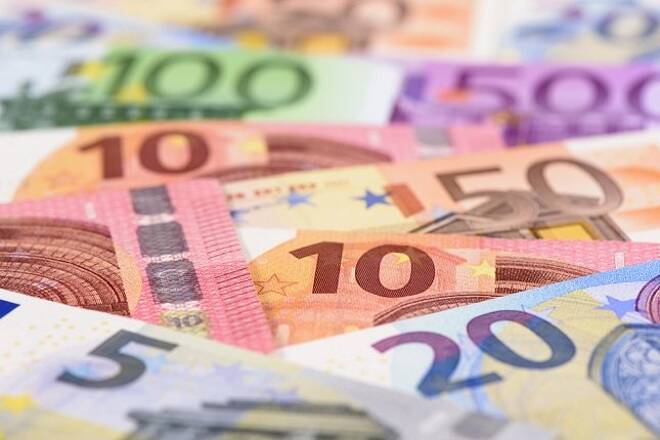Advertisement
Advertisement
The Euro: what’s next?
By:
“What will happen to the Eurodollar?” is one of the most frequent questions asked by traders, investors, or those, who simply want to control and take
“What will happen to the Eurodollar?” is one of the most frequent questions asked by traders, investors, or those, who simply want to control and take care of their finances. Most of them may think that everything that is happening on financial markets is just a lot of random and unrelated events and price movements. However, this is only because they lack systematic knowledge of the current market situation and all factors that may influence the market conditions and assets behavior. So, what is happening to the European currency right now? What may influence (and to what extent) the position of the Euro on the Forex market?
The EUR/USD pair has been trading to the upside for about 8 months after plummeting and then moving sideways. This situation may be partially explained by expectations that the ECB will stop its QE program. For several years, the regulator has been implementing a massive emission in order to force the economy and the inflation grow. At the same time, the ECB key rate equals to zero, and the deposit rate is negative. As a result, the Euro has become cheaper against the USD almost by a third over the past few years.
However, as of today, the negative influence of the above-mentioned factors has died out: the ECB has almost reached its targets, and market players are waiting for the QE program to be closed and the key rate to be increased. Investors were waiting for announcements about closing of the QE grogram from the EC B governor at the end of August at Jackson Hole. But Mario Draghi said that he was too busy to attend the meeting and cancelled his visit, thus ruining investors’ expectations. The ECB meeting minutes were due in no small part to this: they contained concerns about rise in the Euro, which may shatter the Eurozone economy growth. Such changes of the ECB governor’s plans along with the verbal “anti-Euro intervention” influenced the rate of the Euro against its main opponent, the USD, which fell a little bit. But should this decline be taken seriously? In our opinion, it should be considered as a slight technical correction.
On top of all that, one shouldn’t disregard the current USD situation, which supported the present position of the Euro. The main reason why the Dollar got weaker is the political stature of the USA. Volatile expectations relating to the USA GDP growth, the inflation’s reaching its target level, the uncertainty about the rate increase also do not allow the Dollar to get stronger.
All these factors taken together indicate that the Euro may continue growing in the months ahead, but they don’t mean that the EUR/USD will avoid a slight decline in the short-term. When looking at the technical chart of the pair, one can see that the local rising impulse has been completed near the lows of June 2010. And besides, the fact that the price is moving inside a long-term descending channel doesn’t make the assumption about the trend reverse very convincing. Right now, the current uptrend is considered only as a correction of the descending impulse that was formed in 2014 and 2015. So far, it has been corrected by 38.2% according to the Fibonacci retracements. The next targets may be the retracements of 50.0% and 61.8% at 1.2170 and 1.2590 respectively.
The current eight months’ uptrend is stable and that’s a fact, just take a look at the price dynamics on the EUR/USD chart. Investors may start worrying only after the price fixes below 1.16, but even then the area at 1.1390 may provide a significant bullish support.
This article is written by Dmitri Gurkovskiy, a senior analyst at RoboForex
About the Author
Guestauthor
Advertisement
